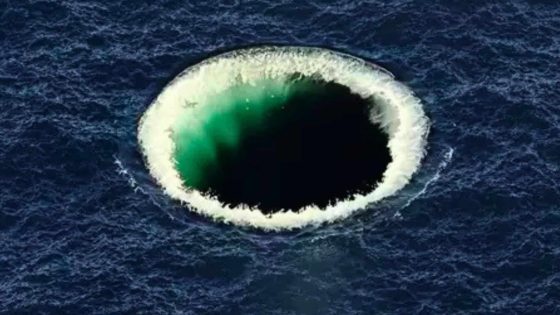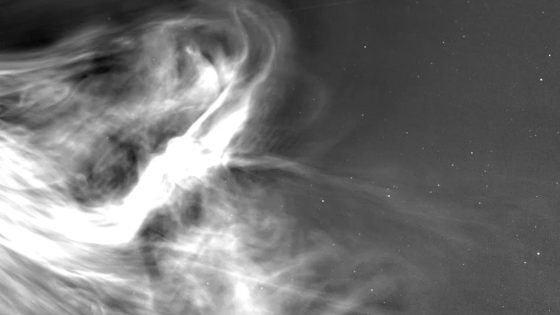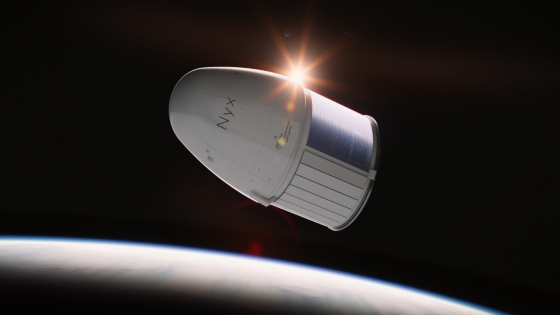A recent study has shed light on the Indian Ocean Geoid Low (IOGL), a perplexing gravity anomaly that has intrigued scientists for years. This anomaly, located beneath the Indian Ocean, causes the ocean’s surface to dip 106 meters lower than surrounding areas, making gravity weaker here than anywhere else on Earth. As of 2025-07-22 15:45:00, researchers are suggesting that mantle convection processes, which have developed over 140 million years, could explain this gravity mystery.
- Indian Ocean Geoid Low is a gravity anomaly.
- Gravity dips 106 meters below surrounding areas.
- Mantle convection processes explain the anomaly.
- African superplume influences gravity variations.
- Tectonic history shaped the IOGL formation.
- Research enhances understanding of Earth's mantle.
The IOGL is not just a curiosity; it reveals significant insights into Earth’s internal structure. Variations in gravity, such as the IOGL, indicate uneven mass distribution beneath the surface, affecting sea levels and gravity across the globe. Previous theories linked the anomaly to tectonic processes, but new simulations and seismic data point to ancient mantle convection as a more accurate explanation.
This research raises important questions about how deep Earth processes influence surface features. What role do mantle plumes play in shaping our planet? And how do tectonic shifts contribute to gravity anomalies like the IOGL? Key takeaways include:
- The IOGL is the lowest gravity anomaly on Earth.
- It is linked to the African superplume’s dynamics.
- Ancient tectonic movements contributed to its formation.
As scientists delve deeper into these findings, we can look forward to a more comprehensive understanding of how Earth’s mantle dynamics shape our planet’s features and gravity over time.

































